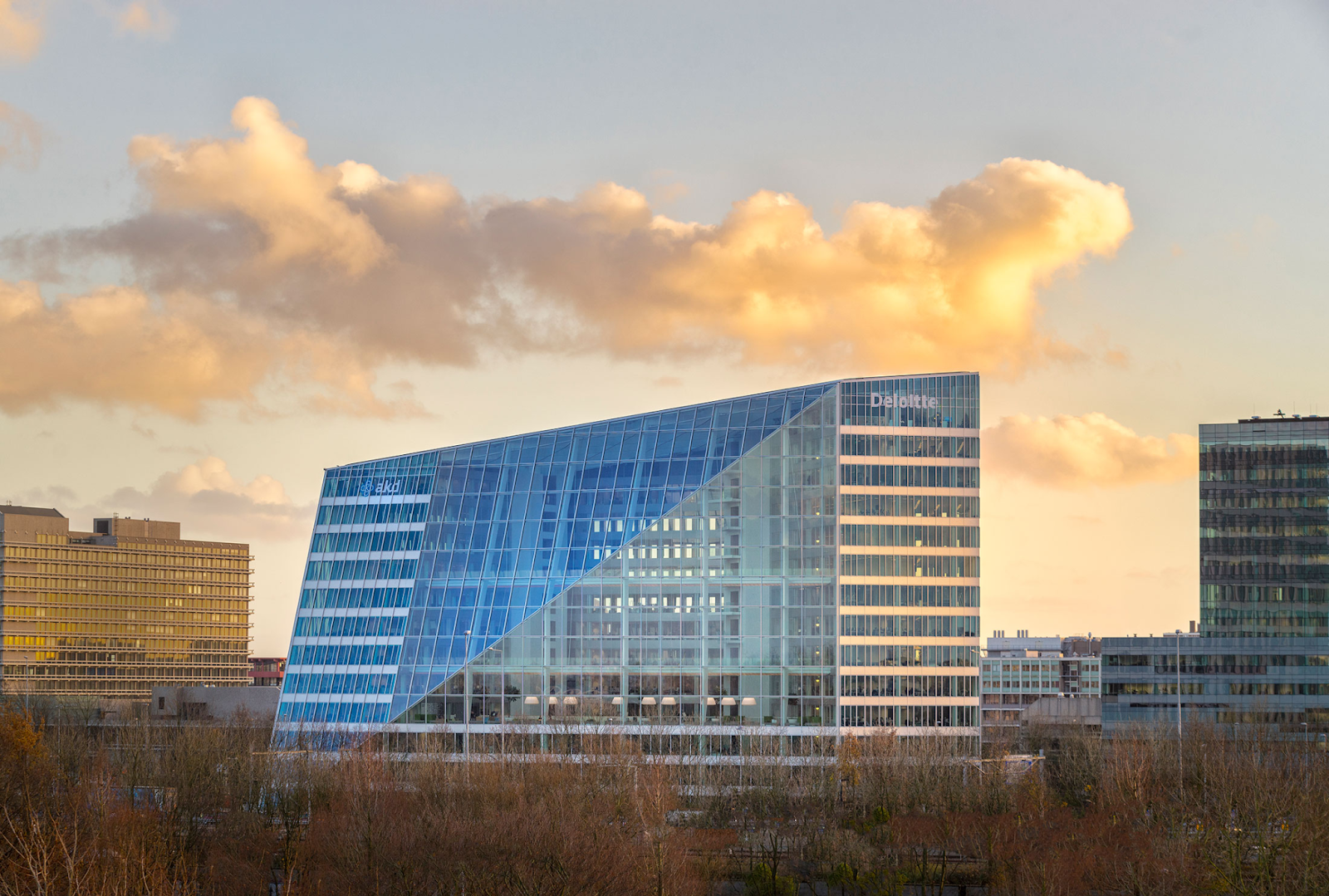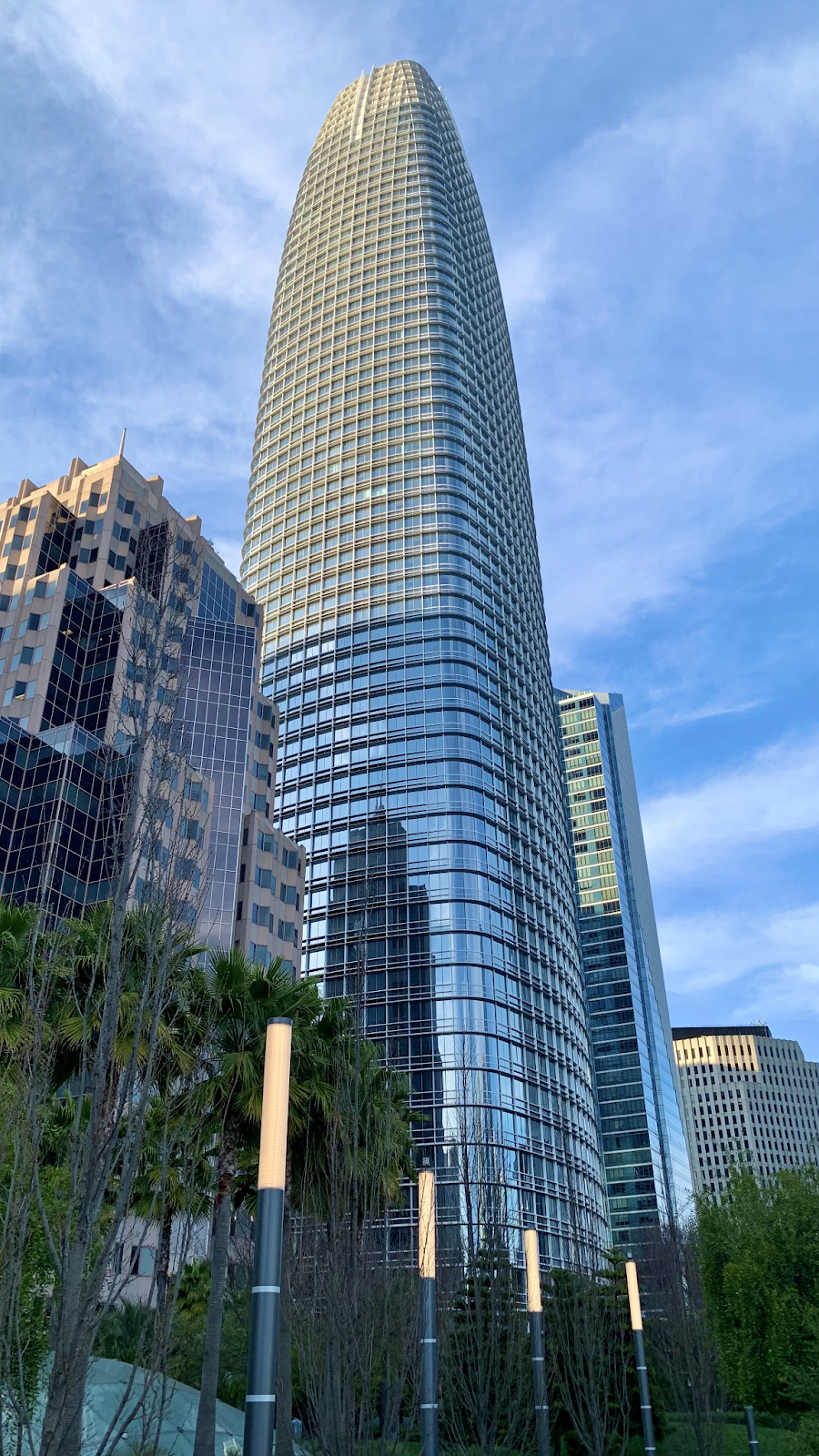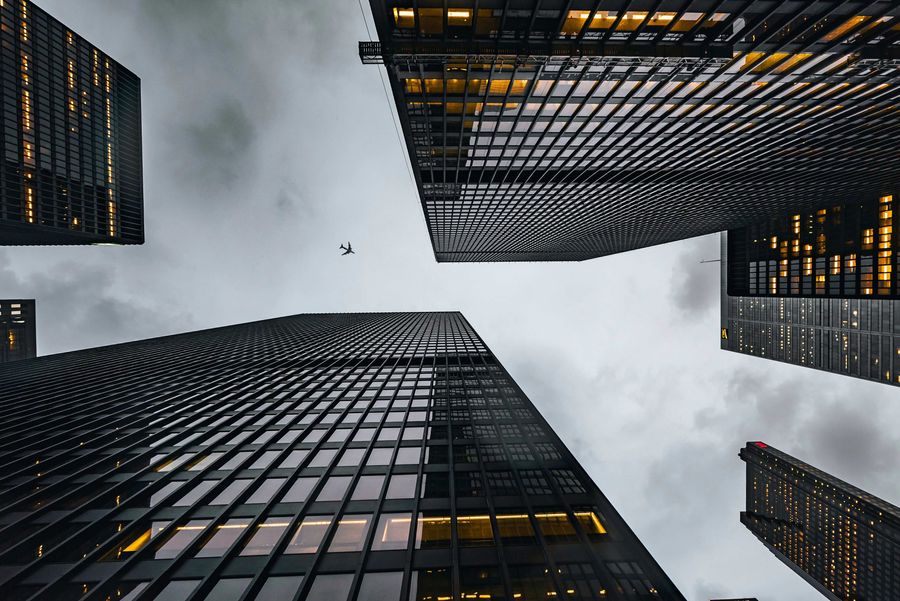When people hear “smart building solutions”, it’s easy to imagine a sleek and futuristic structure.
A structure filled with all sorts of shiny gadgets and gizmos.
But..in fact…A smart building can come in all shapes and sizes, and it’s not just for the ultra-modern sci-fi enthusiasts out there.
In fact, any building that uses technology to improve its operations can be a smart one.
Yes, even a humble abode with a clunky old thermostat and a leaky faucet could be upgraded to a smart home (with a few simple adjustments.)
In this blog post, we will be sharing some of the top smart buildings in the world.
Smart building solutions are not limited to residential spaces.
Smart buildings can span any industry, from commercial buildings to healthcare facilities and even government buildings.
By harnessing the power of technology, these structures can optimize energy consumption, improve safety and security, and enhance overall functionality.
One amazing thing about most smart buildings is that they can hide their tech-savvy secrets behind a facade of simplicity.
Smart building solutions may be the wave of the future, but they’re also the key to making our lives easier and more efficient… in the here… in the now.
Without further ado, let’s take a look at the most interesting smart buildings out there.
Real-life smart building solutions: worldwide examples
- Bloomberg European Headquarters, UK
- The Edge, The Netherlands
- Frasers Tower Singapore
- SalesForce Tower, San Francisco
Bloomberg European Headquarters – UK

| Source
First up, we have the Bloomberg European Headquarters in the UK.
This building is a shining example of how technology can be used to make a space more efficient and sustainable.
It is one of the world’s highest BREEAM-rated major office buildings.
(Note: A BREEAM-rated building has been certified as meeting strict environmental and sustainability standards.)
The building is equipped with sensors that track the movement of people throughout the premises and adjust the airflow accordingly.
This ensures a comfortable and healthy indoor environment and leads to significant energy savings.
The Edge – The Netherlands
Next, we’re heading over to The Netherlands to check out The Edge.

| Source
It was called “the smartest building in the world” back in 2015 by Bloomberg, so it had to make this list.
This futuristic structure is not only one of the greenest buildings in the world but also one of the smartest.
The Edge is truly a smart building of the future:
- with a highly advanced lighting system that adjusts based on occupancy levels,
- a smartphone app that controls everything from the temperature to the coffee machines,
- and even an app that helps employees find their way around the building.
All in all, the Edge was a prime example of how smart building solutions could elevate the sustainability, comfort, and functionality of modern office spaces.
Microsofts’ Frasers Tower – Singapore
Now, let’s head over to Singapore to take a look at Frasers Tower.

| Source
Similarly to The Edge, This towering skyscraper is equipped with a cutting-edge smart building system.
It allows tenants to control everything from their lighting to their air conditioning with just a swipe of their phone.
And with sensors monitoring everything from humidity levels to carbon dioxide concentrations.
It really serves as a model for different future connected workplaces.
SalesForce Tower – San Francisco
Salesforce Tower is a cutting-edge workspace that prioritizes the health and well-being of its occupants.

| Source
Standing at 61 stories tall and spanning over 1.4 million square feet, this tower is a LEED Platinum pre-certified building that sets a new standard for sustainability and performance.
One of the standout features of the building is its use of digital twins, which are virtual models that replicate the physical attributes of the building in real time.
This allows building managers to monitor and control various systems and processes, including HVAC, lighting, and occupancy, more effectively, leading to enhanced energy efficiency and operational performance.
To conclude…
Smart building solutions are set to become an integral part of our urban landscape, promising a new era of sustainability, efficiency, and innovation.
Whether it’s adjusting the temperature, lighting, or air quality, smart buildings are constantly monitoring and optimizing their systems to provide the best possible experience.
But smart buildings aren’t just good for the environment and for people, they’re also good for business.
By:
- reducing energy costs,
- improving operational efficiency,
- and creating a healthier and more productive workforce,
…smart buildings offer a compelling return on investment.
So whether you’re a developer, a property manager, or a business owner, smart buildings are a smart choice for the future.

